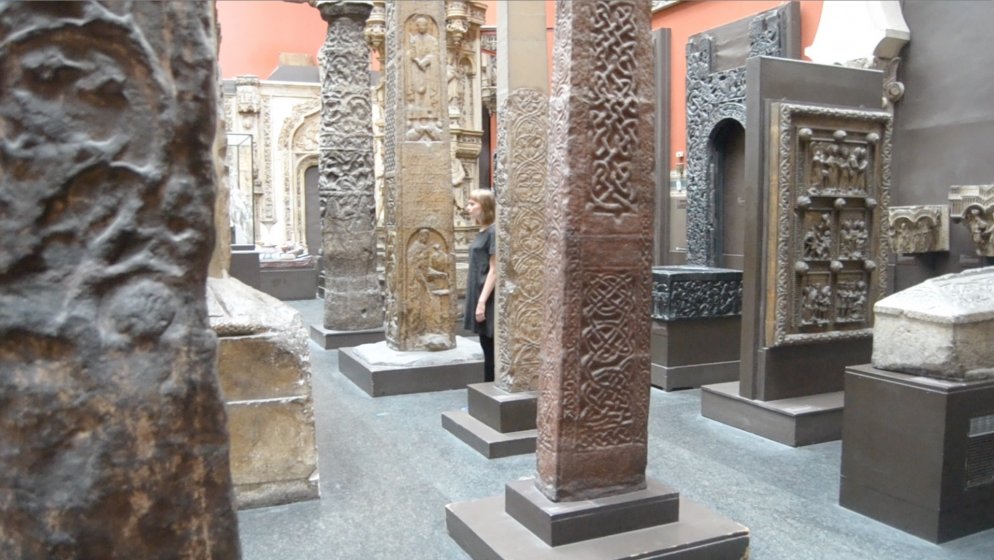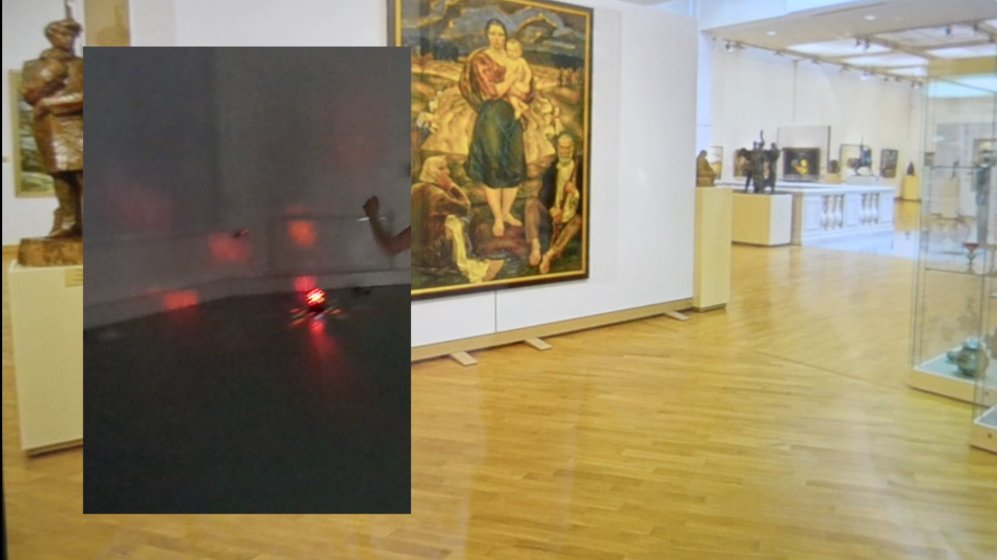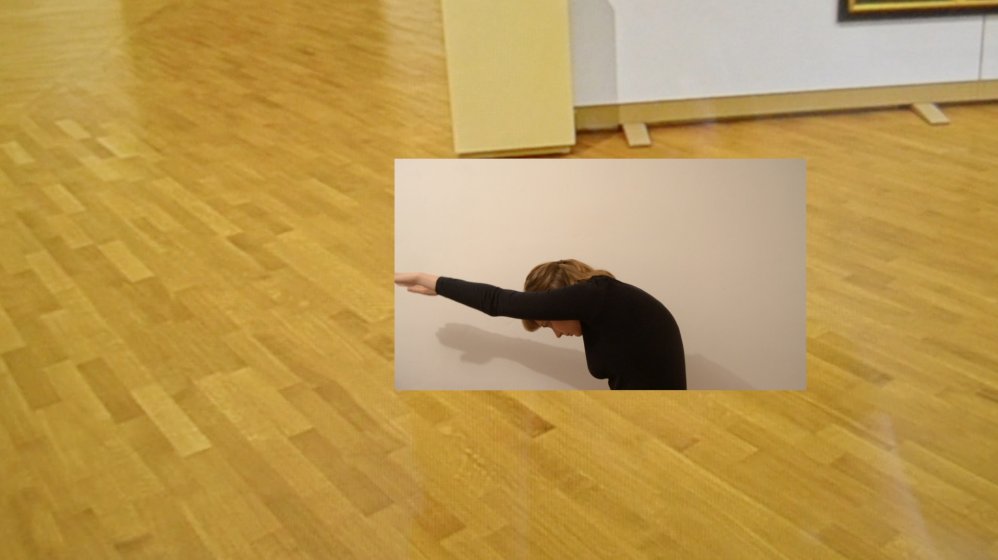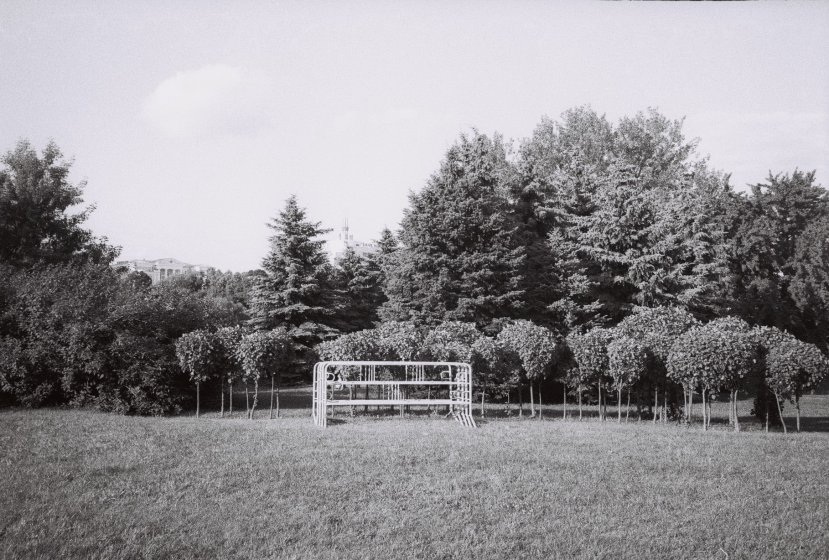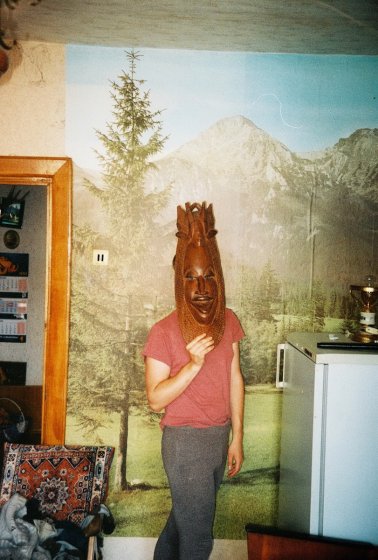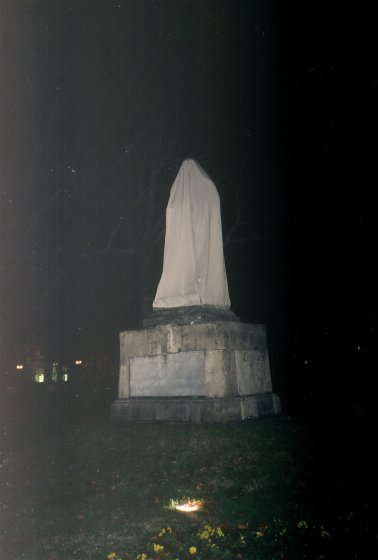'When something dies, for me it's everywhere'
installation (photography, video)
2015
Who has the right for rperesentation (of culture and history)? Can the abundance of objects compensate the lack? How significant is one's absence and presence?
Idea of emptyness (of space for statement and action) in Belarusian cultural and political reality often revolves around the belief in state's monopoly for representation. Which on one hand operates through prohibition of alternative statements, and on the other — through co-optation of the alternative discources (of contemporary art, avant-gurade, street art, etc.) However, within the mythology of emptyness, the attmept to represent oneself (as part of a community) through lack and negation holds the danger of self-exoticism and self-colonisation, as well as the assumption of the ideal distant space, where meanings and things are present.
Marble, which remained from the Soviet time as a part of spacial heritage, is a symbol of the official Belarusian power and culture, of its siblime, abundance and spectacularity. The material itslef seems to stress important features of the self-representation of the contemporary Belarusian power, such as decorativity, disfunctionality and appearance (of the Soviet and of absolute power). The space of Victoria and Albert museum in London, where I have been living in 2015, incorporates countless heritage of the colonial power, the abundance of objects brought from the fetishized cultures of the past.
The photographs in the installation work with the notions of lack, absence, prohibition, obstacles; self-exoticism and self-colonisation; a dream about ideal faraway space. They deal with the dialectics of visible and invisible, of empty signifiers of past and present; with belief in impossibility of action, demonstrative control and closure; boredom and spectacularity, and (dis)function of sight.
